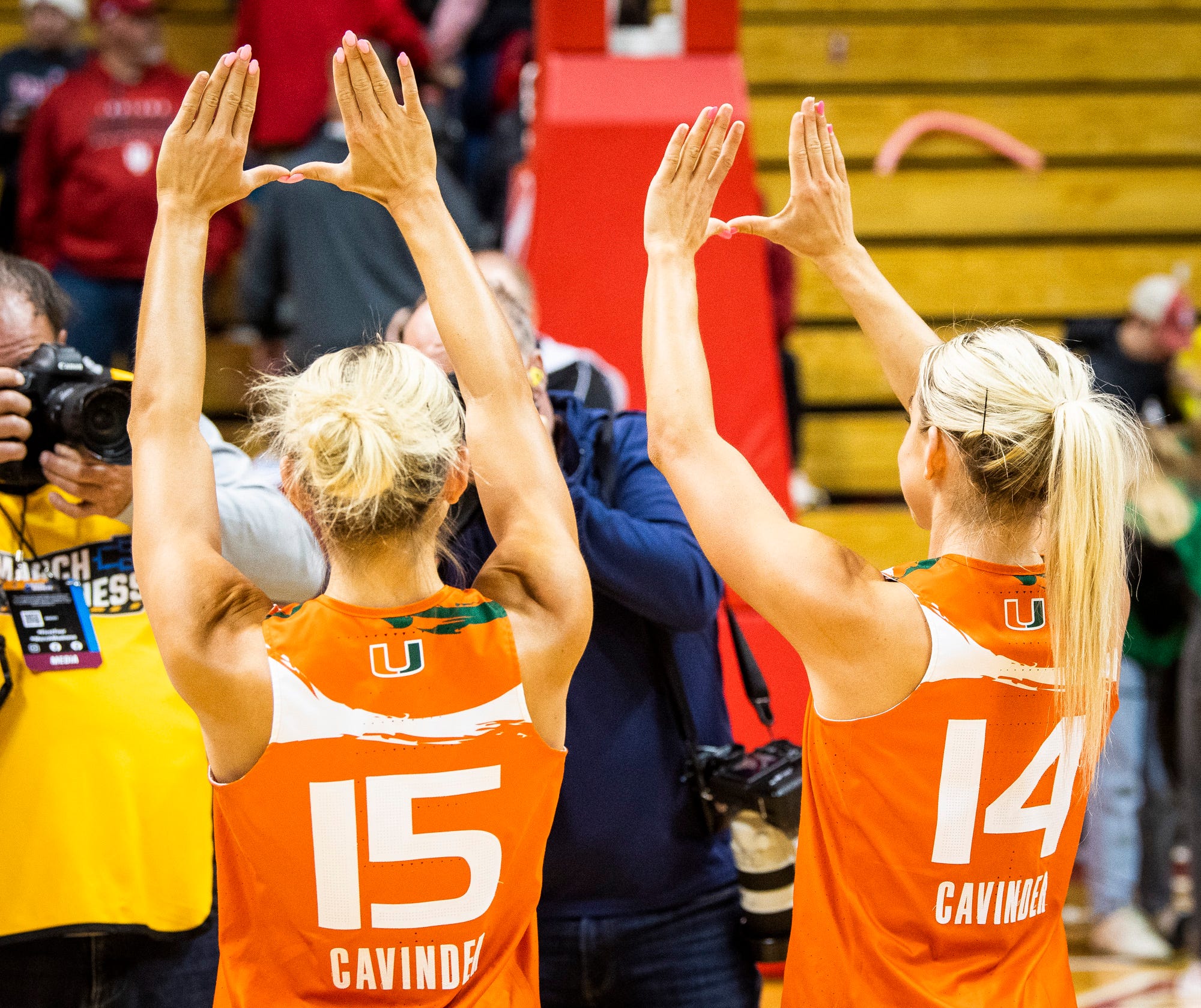I’ve got my share of Apple items. I have an old G5 Power PC that I’ve never hooked up. I have an iMac G5 Power PC that I use for iTunes only because my iPod Touch prefers Macs to PCs. When Apple started using Intel chips a while back I began to long for a new Mac. I wasn’t looking to replace my PC by any means, but I did want to start to learn how to use them, especially with Apple blowing up like it was (and is). What has always stopped me has been the price. Those damn things are too expensive for the amount of power they have. If I wanted to get a Mac that was anywhere close to as powerful as my Windows 7 Ultimate (64 bit, of course) rig I’d have to fork over $3000. Not happening, Steve Jobs. You can take your pretty cases and your overpriced hardware and stuff them down your turtleneck. Also, eat a sandwich. You look terrible.
About two weeks ago I was surfing the internet at work and I came across the OSx86 Project, a movement of geeks like myself. They take typical, inexpensive PC parts and build rigs that are dubbed “Hackintosh”. They dual boot between Mac OS and Windows and have all the functionality of both systems. Like Miley Cyrus said, it was the best of both worlds. I’d found my loophole. Suck it, Steve Jobs. I’m going to have a Mac whether you like it or not. It’s going to be a hell of a lot more powerful and one-third the price. BOOM!
I began to do the research. Mac OS is notoriously persnickety when it comes to the kind of hardware it likes. It’s used to having that overpriced crap that Apple shoves into their machines. Luckily, the Hackintosh gang had created lists of compatible hardware and I already had most of it. I went home that night and started in.
I grabbed a pre-built Hackintosh disc from the internet (the community has gone so far as to make their own installation discs that have PC hardware drivers built in) and sat down at my computer. Not wanting to disrupt my beautifully running Windows 7 Ultimate drive, I installed a second 500GB drive that would be devoted to my Hackintosh. I ran the installation disc and…
…fail. Something was clashing, though I didn’t know what. Being a veteran with PCs I can look at a blue screen or DOS error and know pretty much what it is. Mac OS errors are much more vague and odd-looking. It made me want to hit everyone who insists Macs are easier and more reliable with a brick.
I Googled and Googled and Googled until I found the source of the problem. As it turns out, my motherboard wasn’t exactly up to snuff, at least not for a Hackintosh. I purchased a new motherboard, one the underground swore by, and went home to install it. Unfortunately, this meant losing my Windows installation but hey, I could always reinstall it, right?
Wrong. I got the Hackintosh side up and running (using the retail Snow Leopard disc – holler!) but couldn’t for the life of me get the Windows side reinstalled, at least not to the point that it would boot. It would install, hit the “Starting Windows” screen on the reboot and then freeze. Damn you, Steve Jobs. Thwarting you and your silly laws had cost me my wonderful Windows 7. Now it was a vendetta. I was out for blood.
I opened the case and removed all non-essential hardware and reinstalled Windows. This time it booted without incident. Piece by piece I replaced each item until I found the culprit – my damned PCI wireless card. A bit of digging on the internet told me that it wasn’t compatible with the 64 bit version of Windows 7. Wait, what? It was working before I started my fight with Steve Jobs! I can only assume it was because it worked in Vista and I originally ran an upgrade instead of a clean installation. FML.
Now I needed to figure out how to get the internet working in a wireless environment, because (and this is where I drop some truth on you) cables are for chumps. I rolled down to Best Buy and picked up a cheap USB wireless adapter that said it was Windows 7 and Mac compatible. In fact, here’s the side of the box:
What I learned when I got home is that the box is a damned liar. If it had a face I would have punched it square in it. When I plugged it into the Windows side of my rig it worked beautifully. When I plugged it into the Mac side it sat there and stared at me like a retard. I went back to the internet and discovered that to make the NETGEAR wireless adapter work you needed REALTEK drivers. In fact, one thing I learned throughout this entire experience is that Macs are just weird. You can often make a Mac do anything you want as long as you find a driver from somewhere that will offer it a hot sandwich in exchange for a wireless connection. It doesn’t care what kind of sandwich it is, as long as it’s hot.
Once I got that working there was only one thing left to do: run the software update within Snow Leopard and see if I could trick Steve Jobs into updating my Hackintosh just like I’d bought it from the Apple Store (which is an infuriating place, but that’s another story for another time). I ran the search for updates and selected the granddaddy – the move from 10.6.3 to 10.6.4. I started the download and waited, making and eating a delicious sandwich in the meantime. The Hackintosh restarted and I saw my new bootloader, which allows me to pick where I want to go (pictured here):
I let the Hackintosh load and, sure enough, it had updated right under Steve Jobs’ stupid nose. I’d done it. I’d successfully built a fully functional Mac using store-bought hardware. Suck it, Steve Jobs.
In the beginning of my research into this I’d read that Apple software is only to be used, per the license agreement, on Apple-branded hardware. Really, Steve Jobs? Is that the best you could do? Well guess what, holmes? You put two fat Apple stickers in the box the Snow Leopard disc came in so I slapped one on my tower. Now it’s Apple-branded, chump. I’m Big Skeezy, and I’m above your laws:
For those of you who are curious, here are two screenshots of my desktop. One was taken under Windows 7 and one under Snow Leopard. Both contain the hardware specs so you know I’m running it all on the same box.
All in all, it was a hell of a learning experience. I replaced a motherboard, installed a new hard drive, removed a card, added a dongle and installed the two most prominent operating systems in the world about a dozen times each until they finally learned to live in peace and harmony in one big metal home.
A few days before my triumph I learned that the newest Mac OS (dubbed “Lion” – what does that guy have with cats, anyway?) would be released next year. I’m looking forward to whipping its weenie ass.












